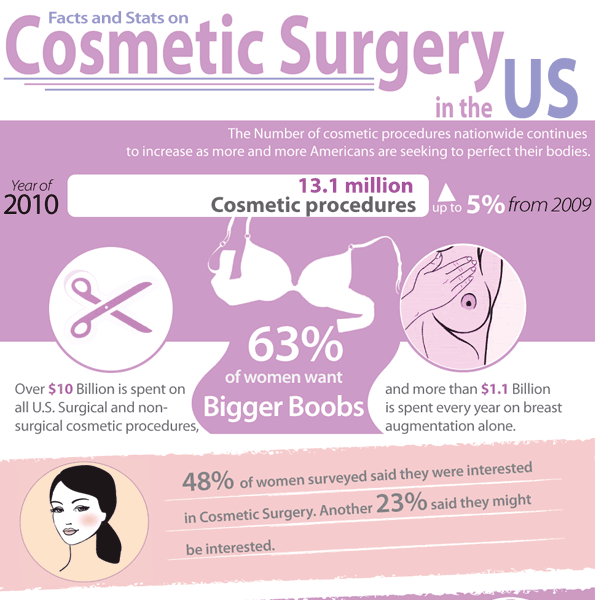Cystic acne is a serious type of pimples. Unlike other types, these bumps are rooted much deeper within the skin's surface area and can not be treated with non-prescription items.
Do not pop or pick at cystic acne, as this can introduce bacteria into the pores, slow-moving recovery and boost scarring. Instead, comply with these home remedies for treating cystic acne.
Ice
Cystic acne is one of one of the most extreme types of pimples. It's rooted deep under the skin, unlike the more common blackheads and whiteheads that rest closer to the surface area of the skin. These acnes can be particularly challenging to treat without causing additional damages to the skin.
A chilly compress can assist shrink a cystic acne pimple by tightening capillary. To use this treatment, cover ice in a fabric or paper towel, then apply to the skin in increments of 20-30 seconds numerous times throughout the day. Make sure not to touch the ice directly to your skin, as this could create frostbite.
Along with a cold compress, using a mild cleanser that doesn't irritate your skin can additionally help in reducing breakouts. If you find that your skin responds to specific foods, avoiding them might be one more method to control acne. Ultimately, getting enough rest is important to a healthy complexion, as absence of sleep can actually add to acne flare-ups.
Aspirin Mask
Pain killers is not medically verified to treat acne, yet the acetylsalicylic acid in it might help soothe it. It's a cornerstone in over the counter salicylic acid items that are targeted particularly at treating acne.
It's additionally an excellent exfoliant, which is a required action to improve any sort of skin issue. Mix crushed pain killers with just adequate water to make a paste, and apply it to your blemishes. Leave it on for 10 to 15 mins, and wash it off with a gentle cleanser.
You can additionally add a glob of honey to this mask for its antibacterial and antimicrobial residential or commercial properties. This will certainly assist to moisturize the skin, which is necessary because salicylic acid can be drying out for some people.
If you have oily skin, attempt adding some non-comedogenic oils to the combination. Ylang ylang, cedarwood, and wheat germ oils all have properties that might help to balance oil secretion, which can trigger acne.
Vinegar Cleanser
There's a reason apple cider vinegar is a staple in numerous Byrdie editors' item cupboards: It works at zapping pesky acnes. The acetic acid in the vinegar eliminates microorganisms and helps recover the skin's natural pH balance, which might help stop future breakouts.
Use the mix straight to cystic acne areas, or attempt mixing it with water and utilizing it as a face wash. You can additionally use it as a skin printer toner, which will tighten pores and maintain the skin looking healthy and balanced.
One more tried-and-true natural home remedy for acne is tea tree oil, which has antimicrobial properties that can reduce the amount of microbial buildup inside a pimple and reduce it. Water down the oil with a service provider oil, such as coconut or jojoba oil, and add it to your skincare regimen. Another handy component for cystic acne is turmeric, which subjugates inflammation and infection. Attempt using a paste of the spice to cystic acnes.
Turmeric Mask
Turmeric's anti-inflammatory homes help in reducing redness and eliminate acne-causing bacteria, while its skin-brightening elements can level discoloration gradually. It additionally provides nutrients for drier skin. To use, mix with each other turmeric powder and raw honey to create a thick paste that's topped your tidy face, avoiding the eyes and lips. Leave on for 10-15 minutes prior to rinsing off with warm water, utilizing round motions while scrubbing to scrub.
We touched two board-certified skin specialists (Jennifer Herrmann, MD and Joshua Zeichner, MD) and a leading celeb esthetician (Angela Caglia, founder of Angela Caglia Skincare) to disclose their ideal in-office treatments to do more info away with cystic acne-- those pesky under-the-surface bumps that trigger inflammation, swelling and discomfort. From do it yourself recipes to quick in-office therapies, these specialists offer their go-to services.
